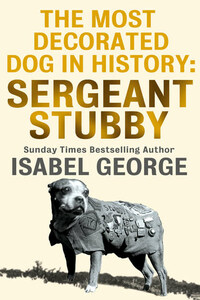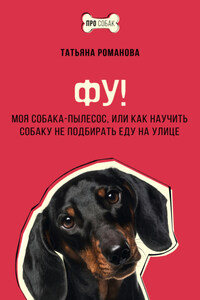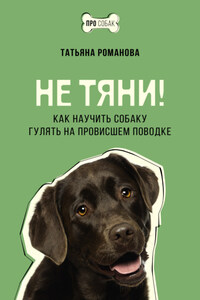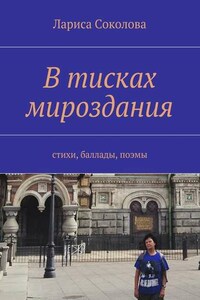Chapter 1
Sergeant Stubby – The Most Decorated Dog in History
The elegant lobby of the Hotel Majestic in New York teamed with activity. Honoured to be hosting a reception for homegrown heroes of the First World War, staff had rolled out the red carpet to welcome their distinguished guests. But what was that scruffy looking dog doing there? The staff scurried around and quickly drew lots to decide which one of them was going to tell the veteran soldier, his chest was bristling with medals, that his Bull Terrier was not welcome in the hotel.
The job fell to the manager who glanced down at the elderly looking dog in the unusual leather coat as he announced, ‘I’m sorry, sir, but dogs are not allowed in this hotel.’
It was a pity the manager had not taken a closer look at the dog’s coat. If he had spared a moment he would have seen that it was covered in military honours. If he had bothered to ask, he would have been told that the dog had survived seventeen of the bloodiest battles in the last eighteen months of the war and saved countless lives by detecting the first whiff of the invisible toxic gasses that plagued the trenches and the far-away howl of an approaching shell. Gassed, shelled, shot at and traumatized, Stubby survived it all. A soldier dog suffering as the men were suffering.
Private John Robert Conroy reeled back and gathered his breath, ‘A dog?’ he replied …
The story of Stubby is legendary. He was a not very big stray dog from nowhere, adopted by a young American soldier. They both ended up in the trenches of the Western Front in 1917 and both survived against all the odds. Their story is a testament to devotion and companionship, faith and love.
It all began on the campus of Yale University where the 1st Connecticut Regiment from Hartford area and the 2nd Connecticut Regiment from New Haven had been sent for training ahead of being deployed to France to assist in the war against Germany. The two forces were short of the 1,000 men required to form a regiment and so they were combined to become the 102nd Infantry and part of the 26th ‘Yankee’ Division of Massachusetts. One of the young recruits was John Robert Conroy. Conroy had decided, along with an increasing number of men of his age, that joining the ranks of the United States Army, Navy or its embryonic aviation unit was a duty to their country. By April 1917, when America entered the Great War, as it was known then, these men were to form the backbone of the first deployment of US infantry.
America was at war despite the efforts of its President, Woodrow Wilson, to keep them out of what appeared to be a European conflict. But it was the British Royal Navy’s secret code breaking unit – Cryptanalytic, Room 40 – that broke the German diplomatic code and intercepted a message that the US Government simply could not ignore and that was destined to change the course of the war. The message was a proposal from Berlin to Mexico suggesting that if the US decided to join the war then Mexico should join too but not as her ally but as the Keiser’s ally and that together they should then enlist Japan. Such an alliance would make it impossible for the US to take its eye off its own shores or deploy troops to Europe. The effective slowing of the Allies’ offensive would then give Germany the breathing space it needed to launch a fleet of submarines that could strangle Britain by cutting off valuable supplies. And the payback? If Mexico offered its support then Germany would help reclaim territory lost seventy years before in the Mexican-American War, land that included Texas, North Mexico and Arizona. The deal was there in black and white and once revealed, the Zimmermann Telegram, as it became known, could not be ignored. Wilson may have won his presidency on the strength of his anti-war stance but now he was forced to use this damaging document to build support for and to justify America joining Britain and France against Germany. The President could no longer hold fast to neutrality as a defence. He called for war and on 6 April 1917, the US Congress declared the country’s entry into the Great War.
Although America had not officially participated in the war from its declaration in 1914, many US citizens had joined the war effort in the only ways open to them: they could join a British regiment if they had the appropriate family connections or they could sign up with the French Foreign Legion and use that route to fight with the Allied Forces. The drive to join up increased throughout 1916 and James Robert Conroy was as enthusiastic as the next man to be part of a great victory in Europe and he joined the 26th ‘Yankee’ Division as they set up their encampment and started their training in the vicinity of the Yale Bowl.














